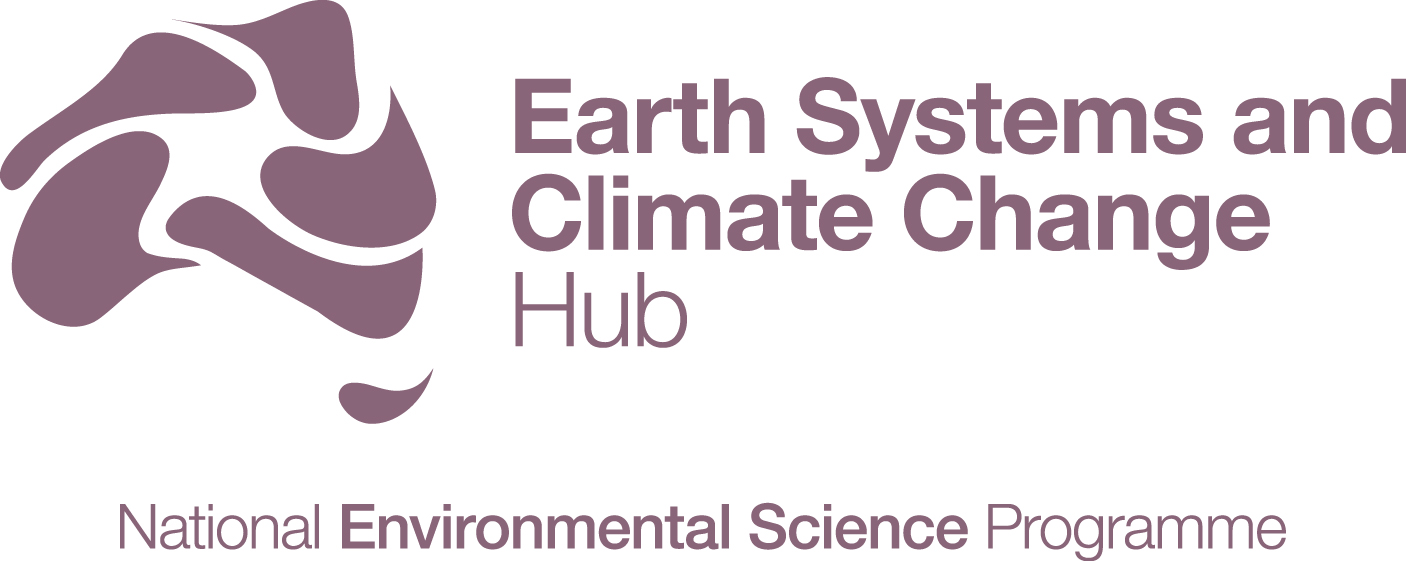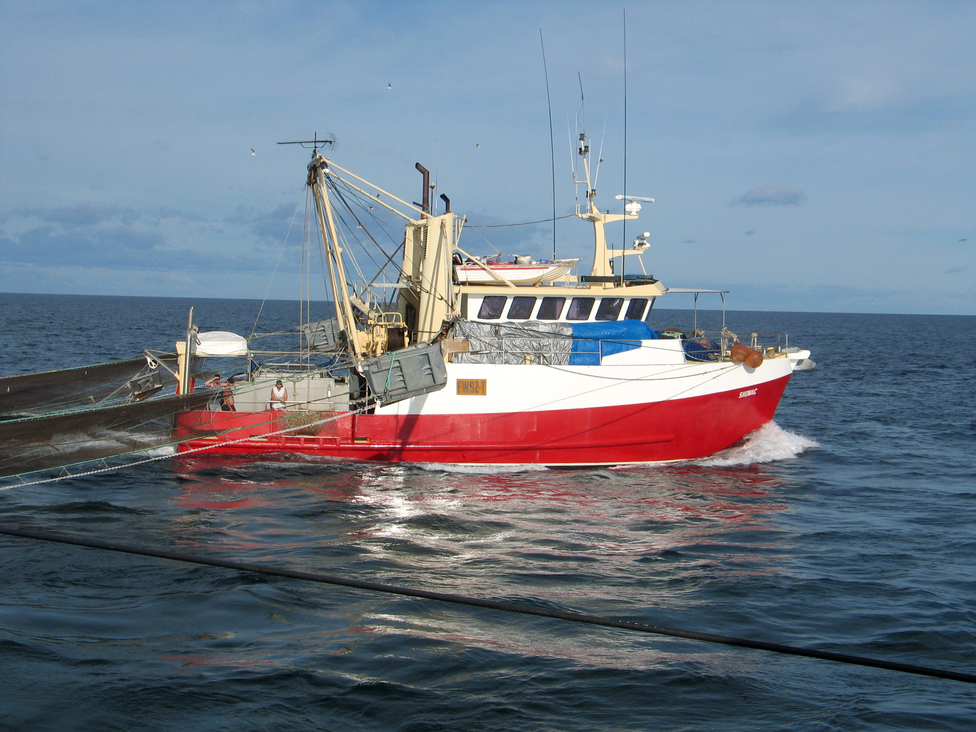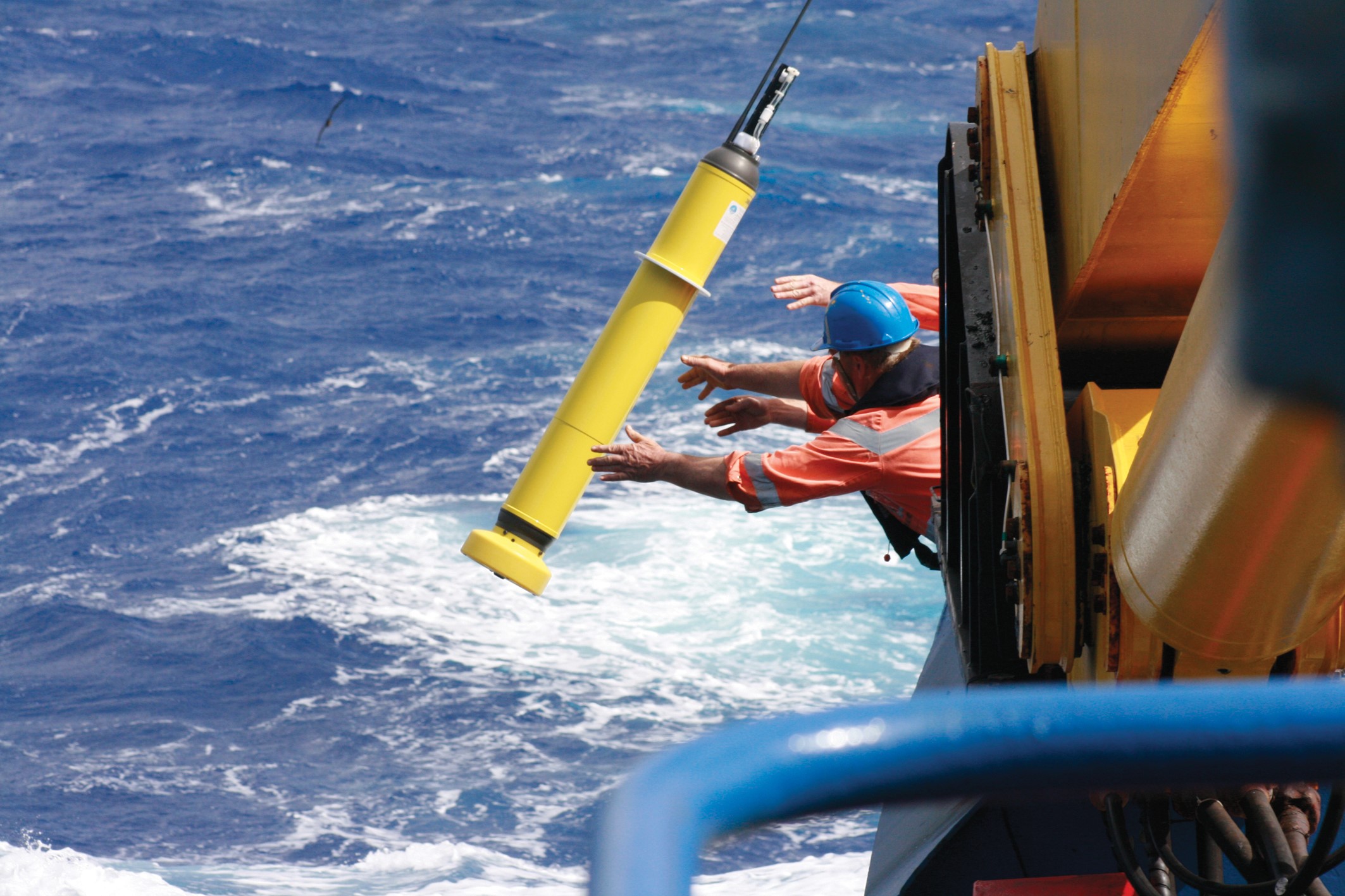Australian Government National Environmental Science Programme
 The National Environmental Science Programme (NESP) Earth Systems and Climate Change Hub provides scientific information and advice to ensure that Australia’s policies and management decisions are effectively informed by Earth systems and climate change science, now and into the future.
The National Environmental Science Programme (NESP) Earth Systems and Climate Change Hub provides scientific information and advice to ensure that Australia’s policies and management decisions are effectively informed by Earth systems and climate change science, now and into the future.
Hub research is helping to address major challenges that our changing climate poses for Australia by:
IMAS is involved in the following projects being conducted as part of the Earth Systems and Climate Change Hub.

Contributors: Neil Holbrook, Eric Oliver
The marine, agriculture, energy and water sectors have consistently requested climate information at multi-year to decadal timescales. With new developments in innovative, multi-year-focused ocean data assimilation and prediction methods, we now have the capability to address these needs. (Image: CSIRO)
In this project, we’re investigating and characterising the decadal-scale predictability of ocean temperature extremes around Australia. Ocean temperature extremes can have devastating consequences for marine life, fisheries and aquaculture. Tracking and predicting changes in marine extremes are key to managing and reducing their impacts in these sectors. Fisheries and marine biodiversity managers will be able to use risk information from our predictability analysis to assist decision-making.
We’re also analysing CMIP5 climate model simulations against observations to assess trends in sea surface temperature extremes that might be attributable to climate change.
 Contributors: Nathan Bindoff, Helen Phillips
Contributors: Nathan Bindoff, Helen Phillips
Global warming is ocean warming: over 93% of the extra heat stored by the Earth over the past 50 years is found in the ocean. Ocean heat uptake is one of the rate-setters of global warming. To interpret past changes, and better predict changes in the climate we need to understand how the ocean takes up heat, and how ocean heat uptake may change as the planet warms.
We’re using observations and models to improve the representation of ocean heat uptake in climate models. This will improve projections of future warming, sea level rise and water availability for Australia.
The Earth Systems and Climate Change Hub is funded by the Australian Government's National Environmental Science Programme (NESP) administered through the Department of the Environment and Energy.
The University of Tasmania is a partner in the Hub, which is hosted by CSIRO. Other partners are the Bureau of Meteorology, Australian National University, University of New South Wales, Monash University and the University of Melbourne.
Interested in this project?